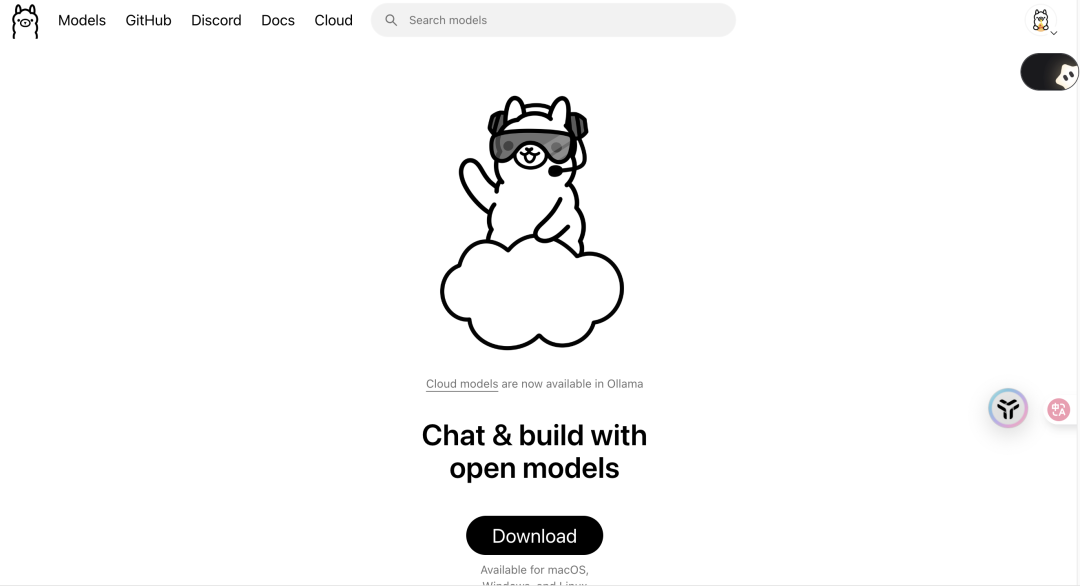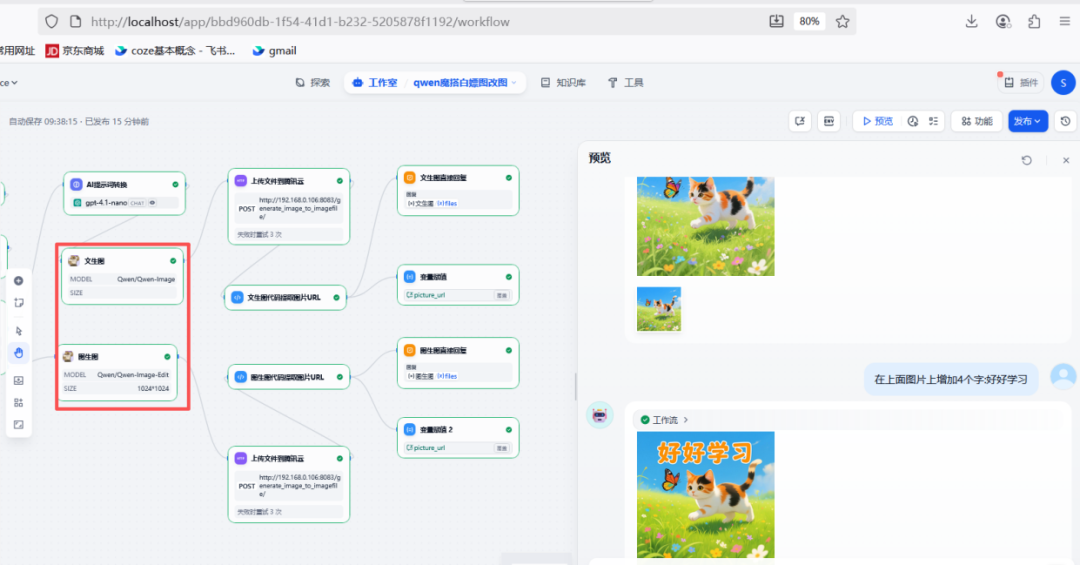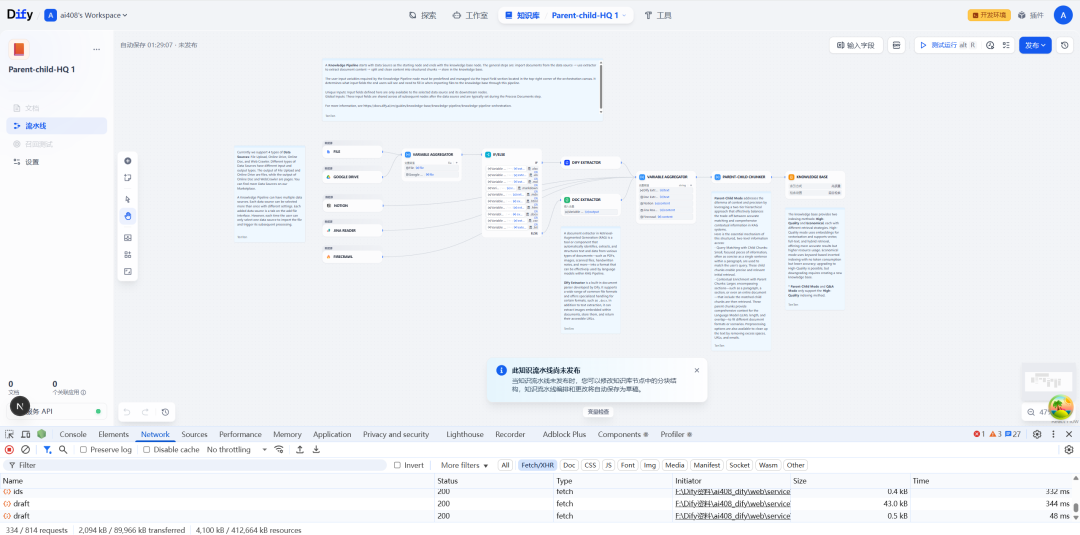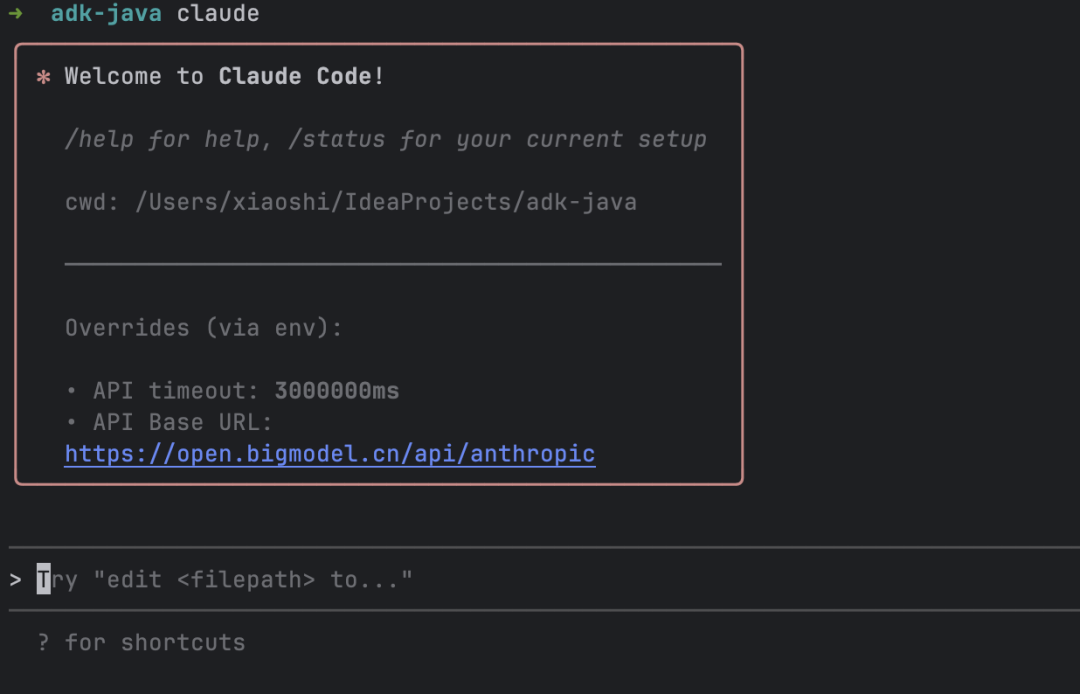Pain Points of Traditional MCP Configuration and Innovative Solutions for WebMCP
There are significant barriers to traditional Model Context Protocol server deployment, mainly in the need for cumbersome API key management and OAuth authentication processes. These technical thresholds directly affect the efficiency of the interaction between AI assistants and web content.
WebMCP makes full use of the browser's own authentication mechanism through an innovative architectural design that directly embeds the MCP server into the web execution environment. This means that developers no longer need to deal with complex key exchange processes, and AI assistants can operate directly based on the user's session cookies or existing identity tokens.
- Authentication mechanism innovation: directly inherit the authentication status already established by the browser
- Privilege control optimization: AI operations are strictly limited to the current user's privilege range
- Development Efficiency Improvement: Eliminate the OAuth process development and testing links
This design not only simplifies the technical implementation path, but also provides additional security through the browser sandbox environment, allowing developers to focus on the implementation of business logic rather than infrastructure construction.
This answer comes from the articleWebMCP: open source tool to run MCP servers in web pagesThe





























